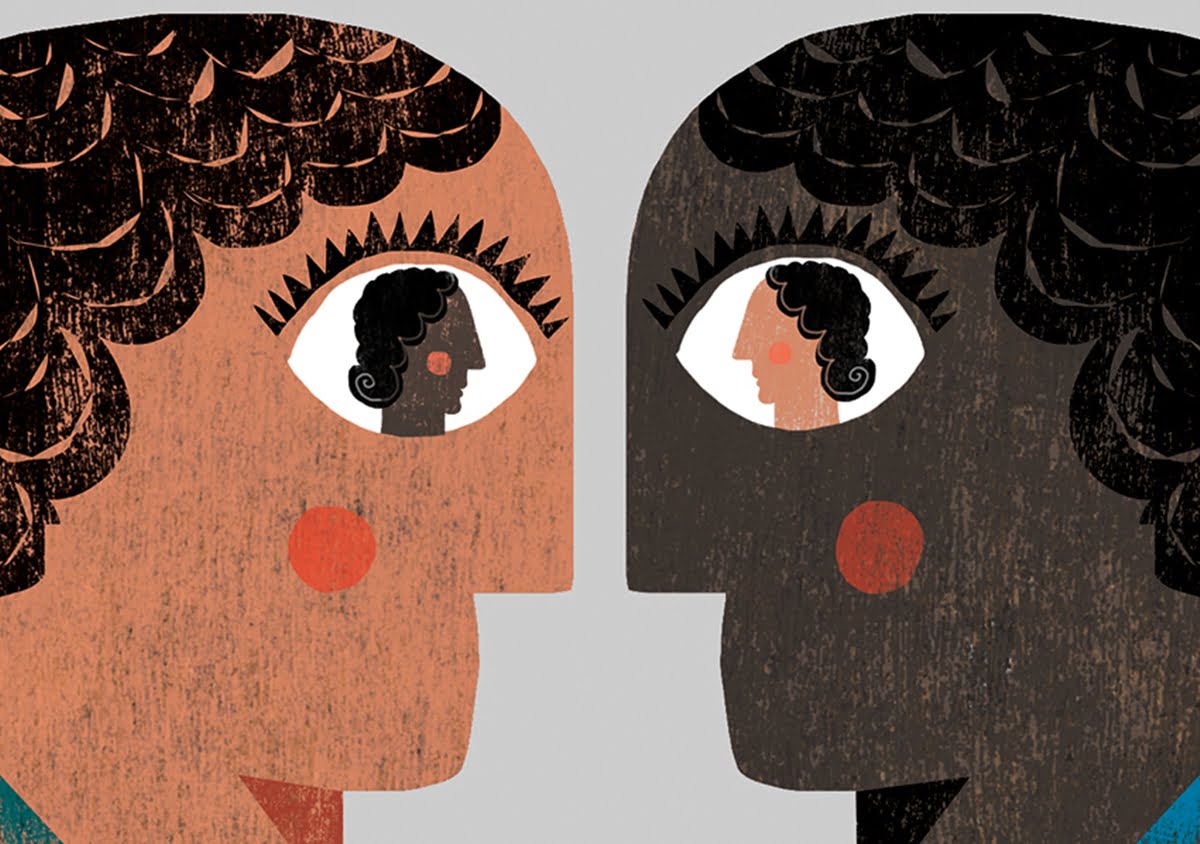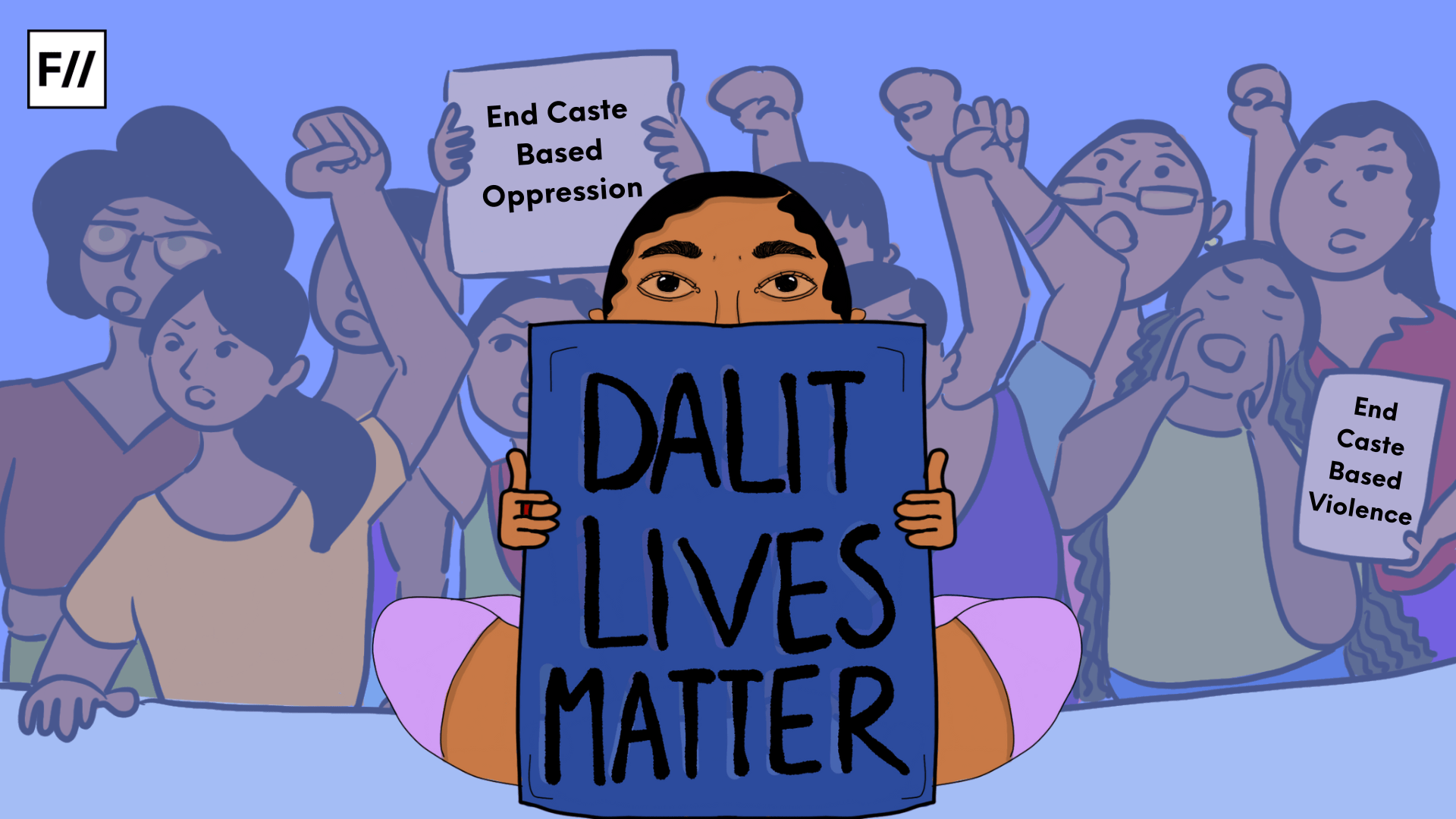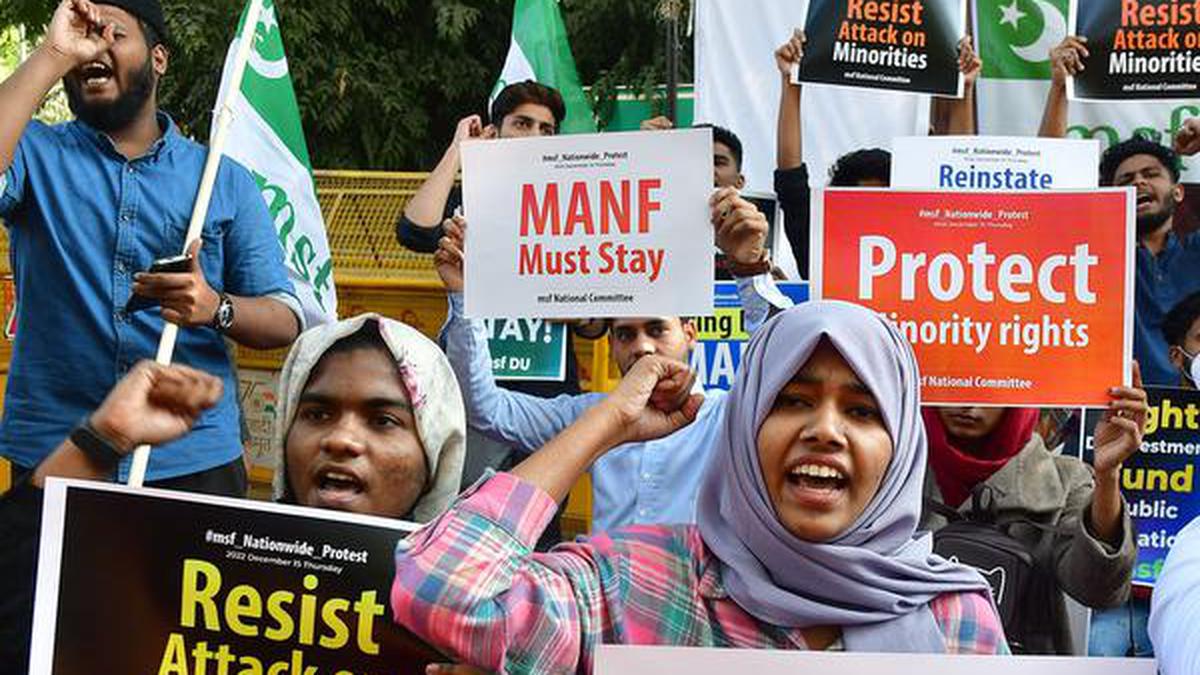Deep pink, magenta, neon green and bright yellows were strict no-nos in my nouveau dalit middle-class family as they were referred to as ‘pele colour’. Not to be mistaken with the legendary Brazilian footballer, ‘pele’ here was a derogatory reference to the Pulaya community. Anything that was aesthetically displeasing or construed as loud or harsh was ‘pela/pele’, whether it was colour or behaviour. The use of ‘pele colour’ as a term of ridicule was not limited to fair skinned people, but to people of any skin colour, but it was particularly hard-hitting if you are dark-skinned, even more if you are a dark skinned dalit.
The use of ‘pele colour’ as a term of ridicule was not limited to fair skinned people, but to people of any skin colour, but it was particularly hard-hitting if you are dark-skinned, even more if you are a dark skinned dalit.
Like a rather strange double disadvantage of colour and caste weighing over you, your clothing preference when stepping into any given textile shop would veer towards sober colours or pastel colours to escape being identified as belonging to a lower caste. While this was a subtle yet poignant indicator of the functioning of caste at the intimate level, governing one’s sartorial choices, it was also a tool of control and a casual acknowledgement that nobody wanted to be treated as a dalit. Once I embraced the dalit identity and started openly questioning why certain colours were branded with caste associations and subsequently barred from my wardrobe, I was promptly told that it is because bright colours do no suit those who are dark and that I was the one who has a casteist mindset as I was ‘unnecessarily’ bringing caste into the equation. My question about why only certain caste names are associated with colours which were considered loud remained unanswered.
Also read: Colourism: Will The Indian Society Never Learn?
Today, I realise that the issue is not one which has to do with aesthetic sensibilities, it is about controlling behaviour at an embodied level on an everyday basis. It is also an act of invisibilisation of some of us who are only supposed to blend into the background, a rather strange camouflage in a changed modern setting as we no longer have spit pots or brooms around our necks. Those who were always in the margins and have been mere props of history should never be offered the centre stage or even the possibility of it. An eye catching colour on a dark dalit body is abhorrent to a savarna eye as it has a hint of visibility for the non -ideal and the non-conventional. The strict impositions on widows to wear white can also be read in this context.
Of course, the branding of certain colours with caste brings to surface the all-important issue of colourism. “Bright colours would make you seem even darker!” “Everyone would notice how dark you are in pink.” Statements like these have been normalised to an extent that they are no longer taken to be an offensive. Darkness was to be deemed shameful and covered up to all extent possible. Trevor Noah talks about his colour being regarded as the result of being ‘born a crime’ because of his mixed descent in South Africa during the Apartheid regime. In the case of Dalits, not only being born but your very existence is deemed a crime if you seek out a presence for yourself. It was as if one has to live one’s life in stealth mode!
Of course, there was another option: To accept savarna aesthetic sensibilities without interrogating the colour symbology at work; to use the status quo to your advantage by gentrifying yourself – to straighten your unholy curly tresses; to subdue the dark of your skin with muted colours, to acquire the etiquette dictated by brahmanical patriarchy and to know the place that has been slotted for you in the lower rungs of the hierarchy.
In the case of India, colourism is intimately linked to the issue of caste. Lori L Tharps, Associate Professor of Journalism, Temple University, argues that skin colour matters because we are a visual species and we respond to one another based on the way we physically present. Add to that the “like belongs with like” beliefs most people harbor, and the race-based prejudices human beings have attached to certain skin colours, and we come to present-day society, where skin colour becomes a loaded signifier of identity and value. The issue of colourism is not limited to caste, but the roots of colour-based discrimination or prejudices can be traced to a certain perception of a fair-dark dichotomy in the savarna-avarna dynamics though it is based on a false premise.
Several historians of ancient India have clarified that caste in the past of the Indian sub-continent had little to do with colour. Historians such as Romila Thapar has argued that the conflation of the term varna with colour is a colonial construct which also led to profound confusion and dogma of all Aryas as fair and all dasas as dark. Vedic evidence has little or no indication to suggest such a demarcation, in fact several dasas are mentioned as kings, for instance Upinder Singh points out how in the Rig Veda there are references to Sudasa who won the ‘Battle of the Ten Kings’, a Puru tribe’s chief called Trasa dasyu and other kings such as Bharata chief Divodasa finding mention in the texts.
The most probable situation might be of Aryas, Dasas and Dasyus being tribes who were part of the same cultural formation waging battles with one another. The same misconstrued notion was applied to the Aryan-Dravidian binary with ‘Aryan North Indians’ being misunderstood as fair and Dravidians as dark, again set on a false premise. The Tamil Early Historic Sangam literature has several references to both fair and dark heroes and heroines and does not attach any special derision or appreciation for any particular skin colour.

So after a decade or so in Delhi and filled with the confidence that feminist politics give you, I go for some retail therapy with my cousin and choose a bright pink lipstick only to be told, “OMG! That is such a Ayyankali colour!” There is no gauge to the mortification I felt when one of the greatest social reformers from a dalit background is reduced to a bright colour with his name being used as a substitute for the term ‘pele’. Not only is this belittling one of the greatest revolutionary leaders that Kerala has produced, it is fundamentally discriminatory on many levels.
(When I) chose a bright pink lipstick, only to be told, “OMG! That is such a Ayyankali colour!” There is no gauge to the mortification I felt when one of the greatest social reformers from a dalit background is reduced to a bright colour with his name being used as a substitute for the term ‘pele’. Not only is this belittling one of the greatest revolutionary leaders that Kerala has produced, it is fundamentally discriminatory on many levels.
Also read: Colourism In India: Dark Is Not A Dirty Word
Mahatma Ayyankali played a crucial role in the socio-cultural movement dubbed as Kerala Renaissance and led multiple agitations to secure for all, access to education, employment and spaces, and his name was reduced to pele, a mere bright colour! Irony would have turned in its grave twice over and all I could do was storm off in indignation and angst. Language encodes dictums of power, particularly in its casual and colloquial usages. It is only trivial and not so offensive to those who are not at the receiving end; those who have the privilege of being unbothered. As for those of us for whom even wearing a piece of clothing becomes political choice or a source of ridicule, it is no laughing matter!
Maybe I should just be thankful that there is no Ambedkar colour yet!
Featured Image Source: timesofindia.com




